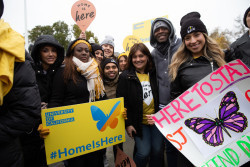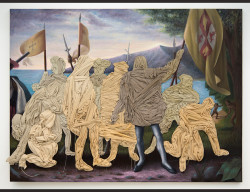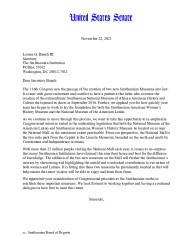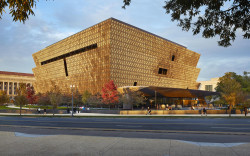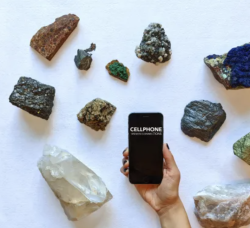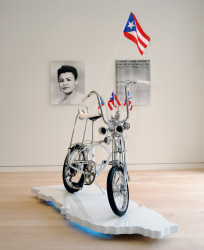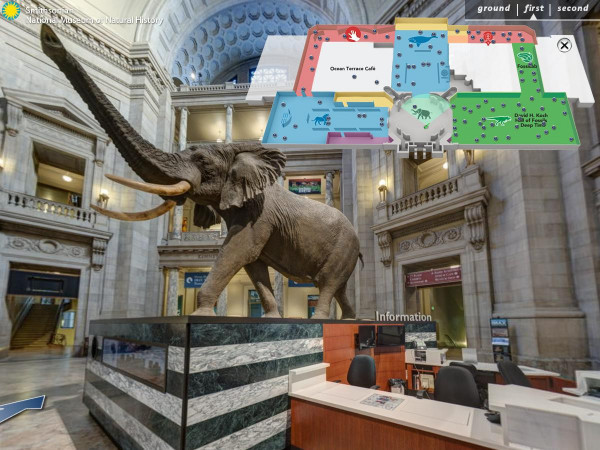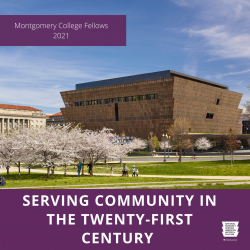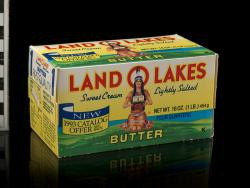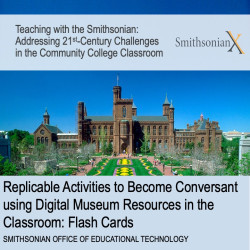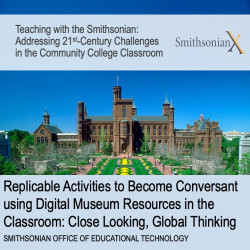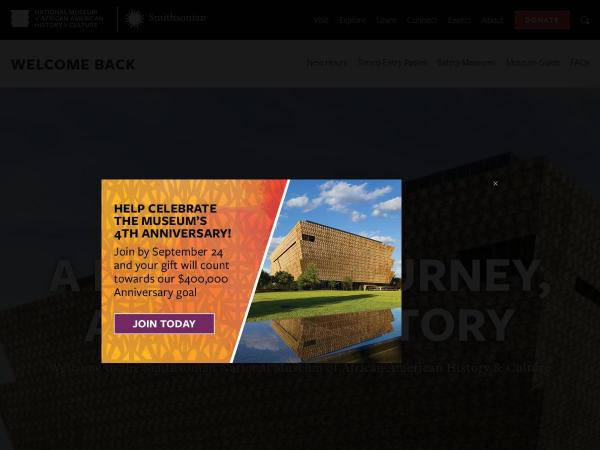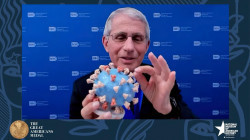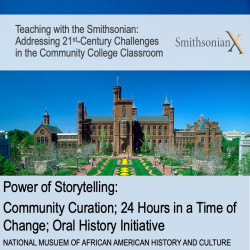Philippa Rappoport
I work in education and engagement, teacher professional development, and outreach at the Smithsonian Office of Educational Technology (OET), and have a particular interest in developing and producing trainings, programs, teaching techniques, and platforms that foster deep learning and contribute knowledge to improve practices in museum and preK-16 education and engagement. At OET over the last decade+, I created digital assets for schools, families, and new immigrant English Language learners to complement teacher professional development and pan-Smithsonian programming, including Learning Lab teaching collections, YouTube videos with tradition bearers, a handmade family stories book-making website, and online heritage tours.
Philippa Rappoport's collections
Student Activity: An Exploration of Immigration/Migration Experiences
 Philippa Rappoport
Philippa Rappoport
Stories of Irish American Assimilation in 19th-century America
 Philippa Rappoport
Philippa Rappoport
Social Justice in the Time of Pandemic: the National Museum of American History
 Philippa Rappoport
Philippa Rappoport
2024 Smithsonian-Montgomery College Faculty Fellowship Program - Opening Panel Resources
 Philippa Rappoport
Philippa Rappoport
2024 Smithsonian-Montgomery College Faculty Fellowship Program - National Portrait Gallery
 Philippa Rappoport
Philippa Rappoport
2024 Smithsonian-Montgomery College Faculty Fellowship Program - National Museum of Natural History
 Philippa Rappoport
Philippa Rappoport
Serving Community in the 21st Century: Presentations from the National Museum of African American History and Culture
 Philippa Rappoport
Philippa Rappoport
Rethinking Americans
 Philippa Rappoport
Philippa Rappoport
Replicable Activities to Become Conversant using Digital Museum Resources in the Classroom: Flashcards
 Philippa Rappoport
Philippa Rappoport
Reimagining a National Symbol: The Immokalee Statue of Liberty, by Kat Rodriguez
 Philippa Rappoport
Philippa Rappoport
Raven Steals the Sun: A Celebration of Tlingit Culture
 Philippa Rappoport
Philippa Rappoport
Puerto Rico’s Fragile Modernity: An Exploration of Francisco Rodón's Portrait of Luis Muñoz Marín, using Global Thinking Routines
 Philippa Rappoport
Philippa Rappoport


